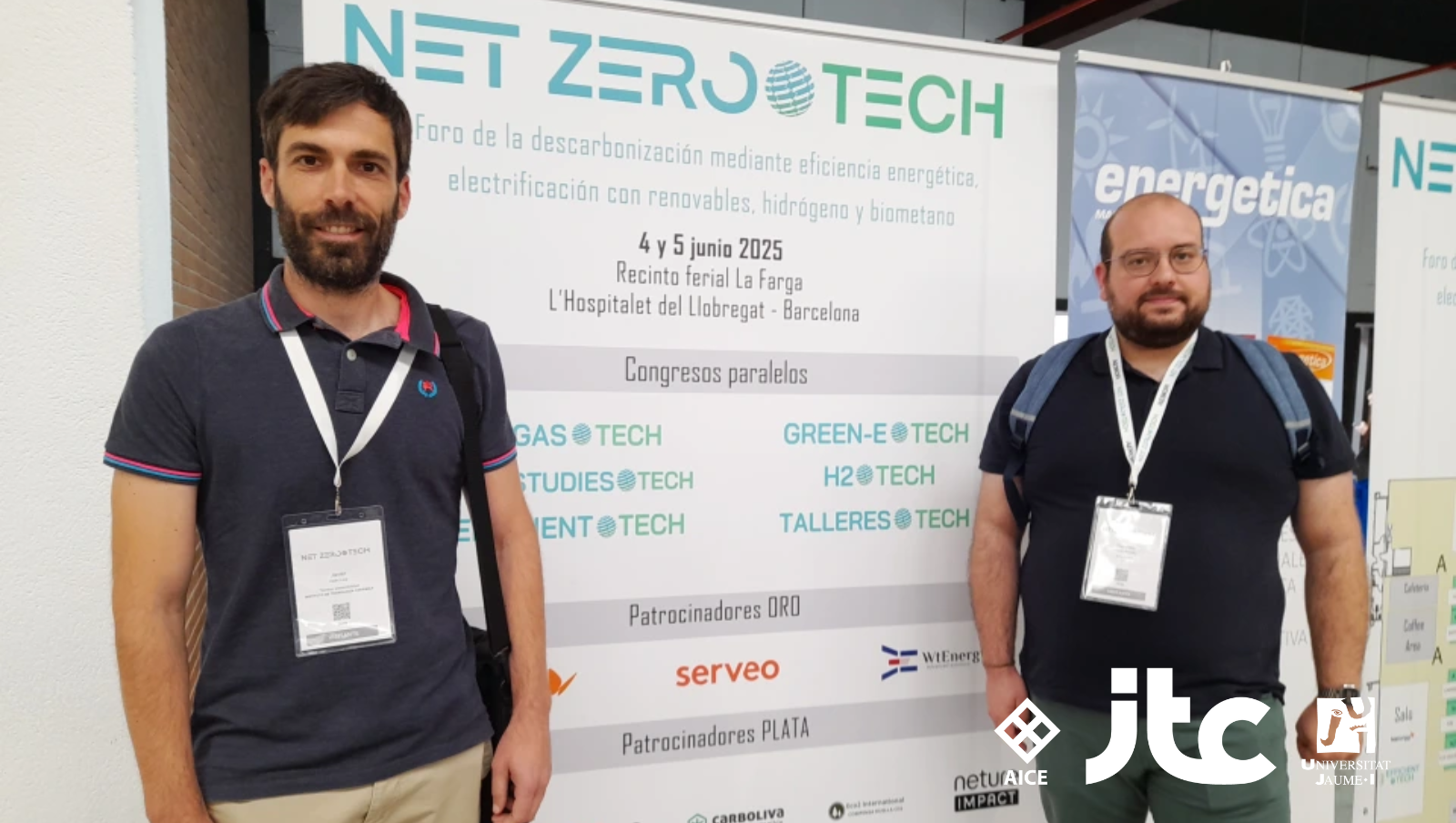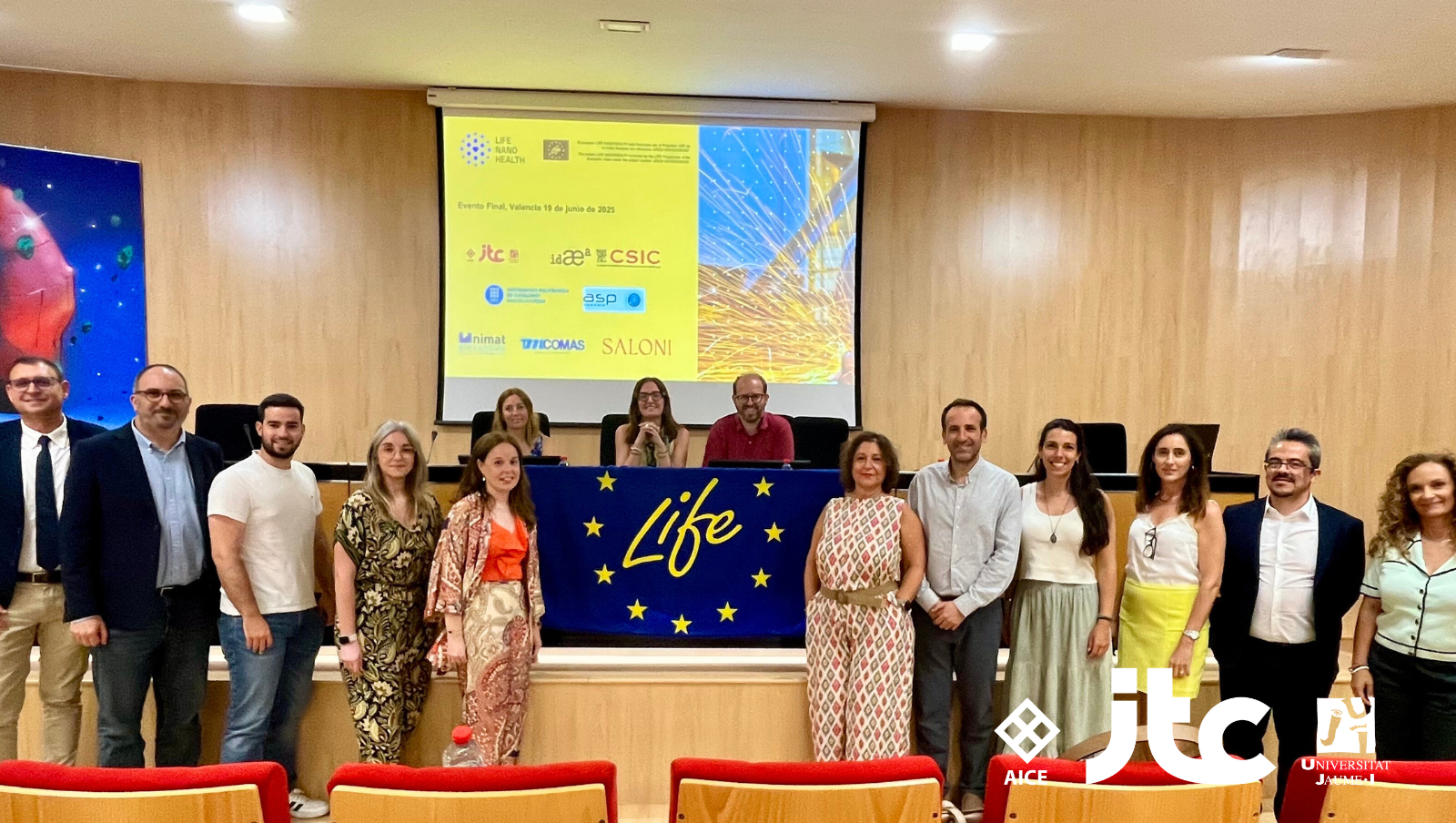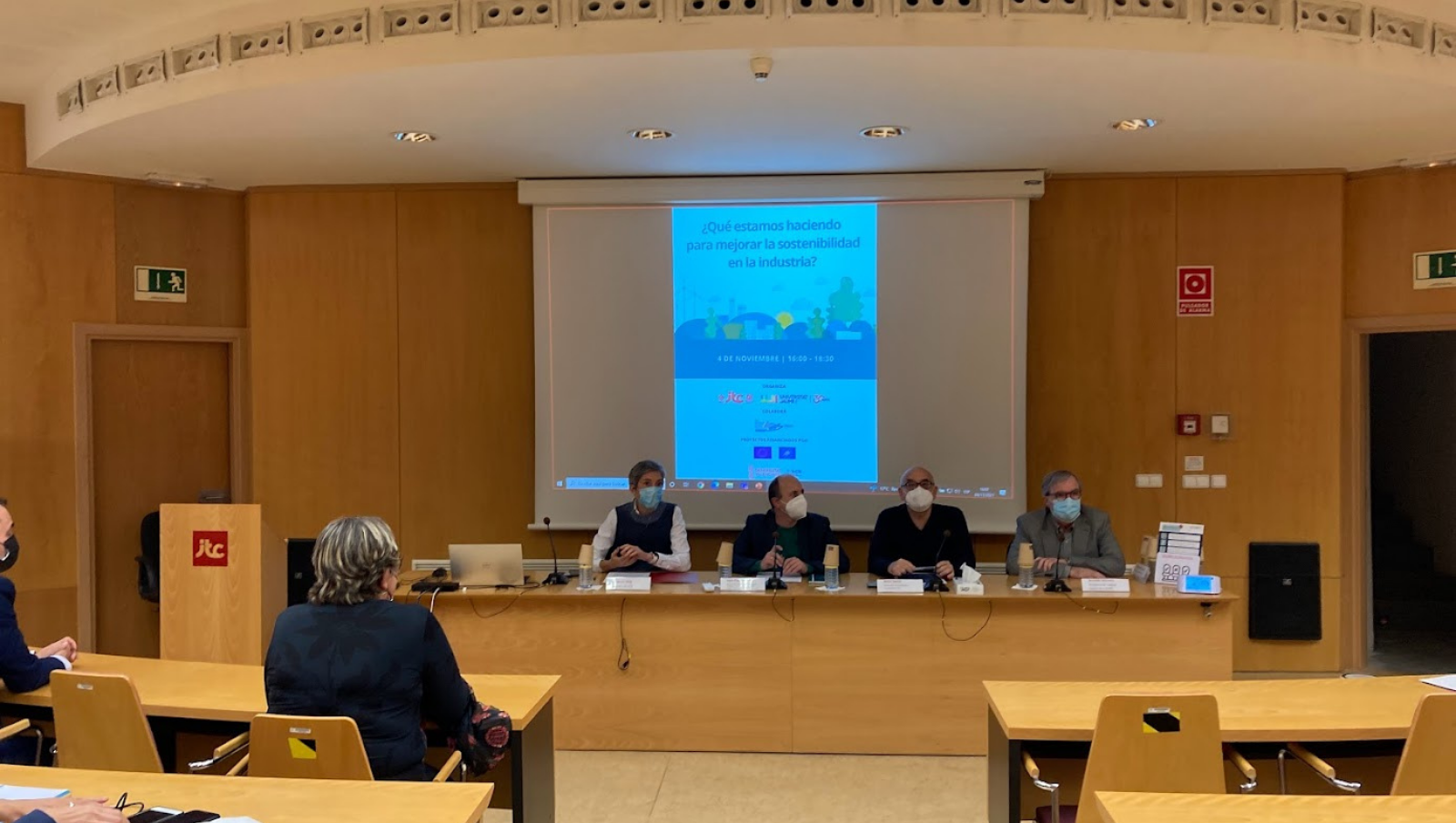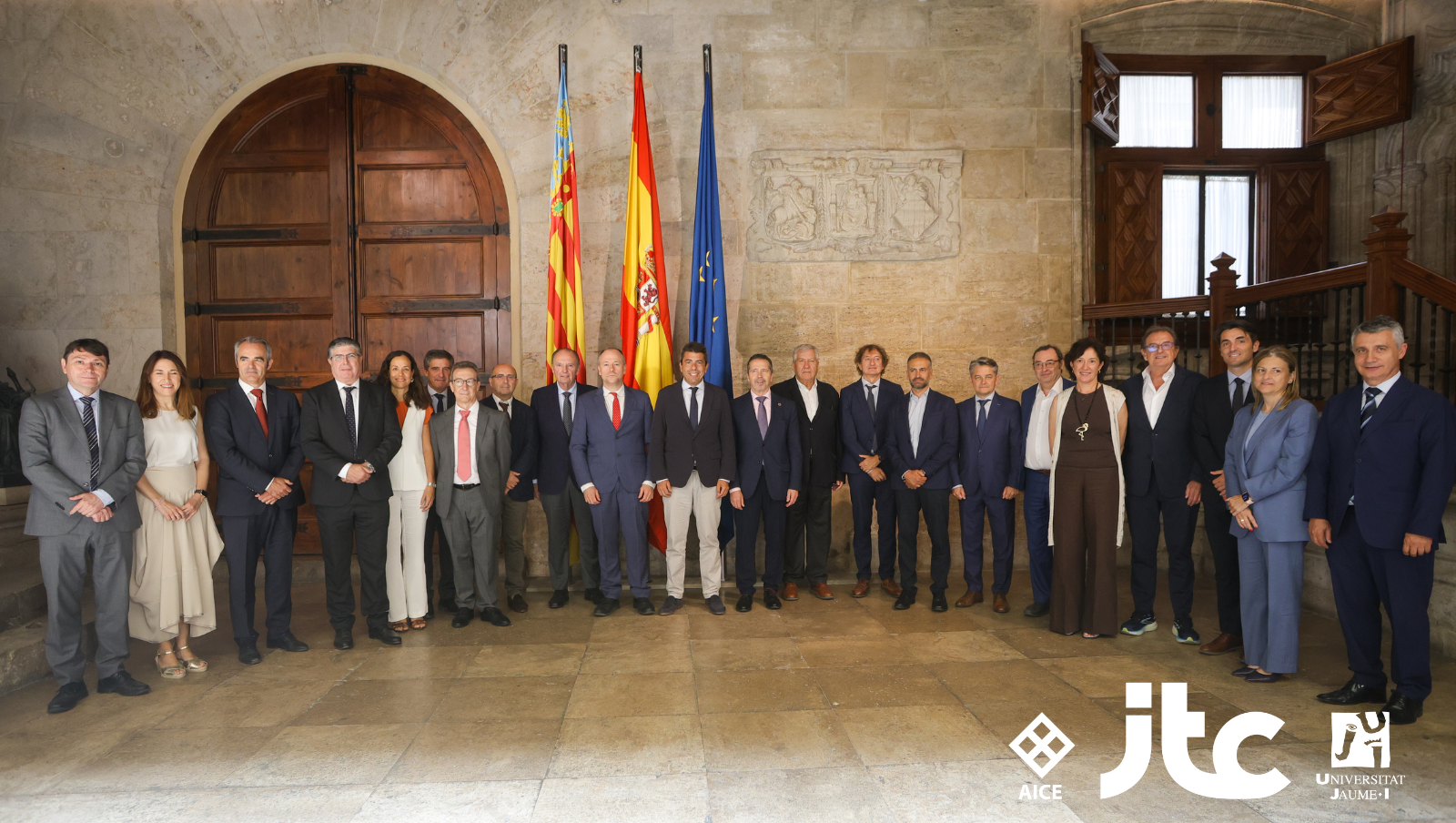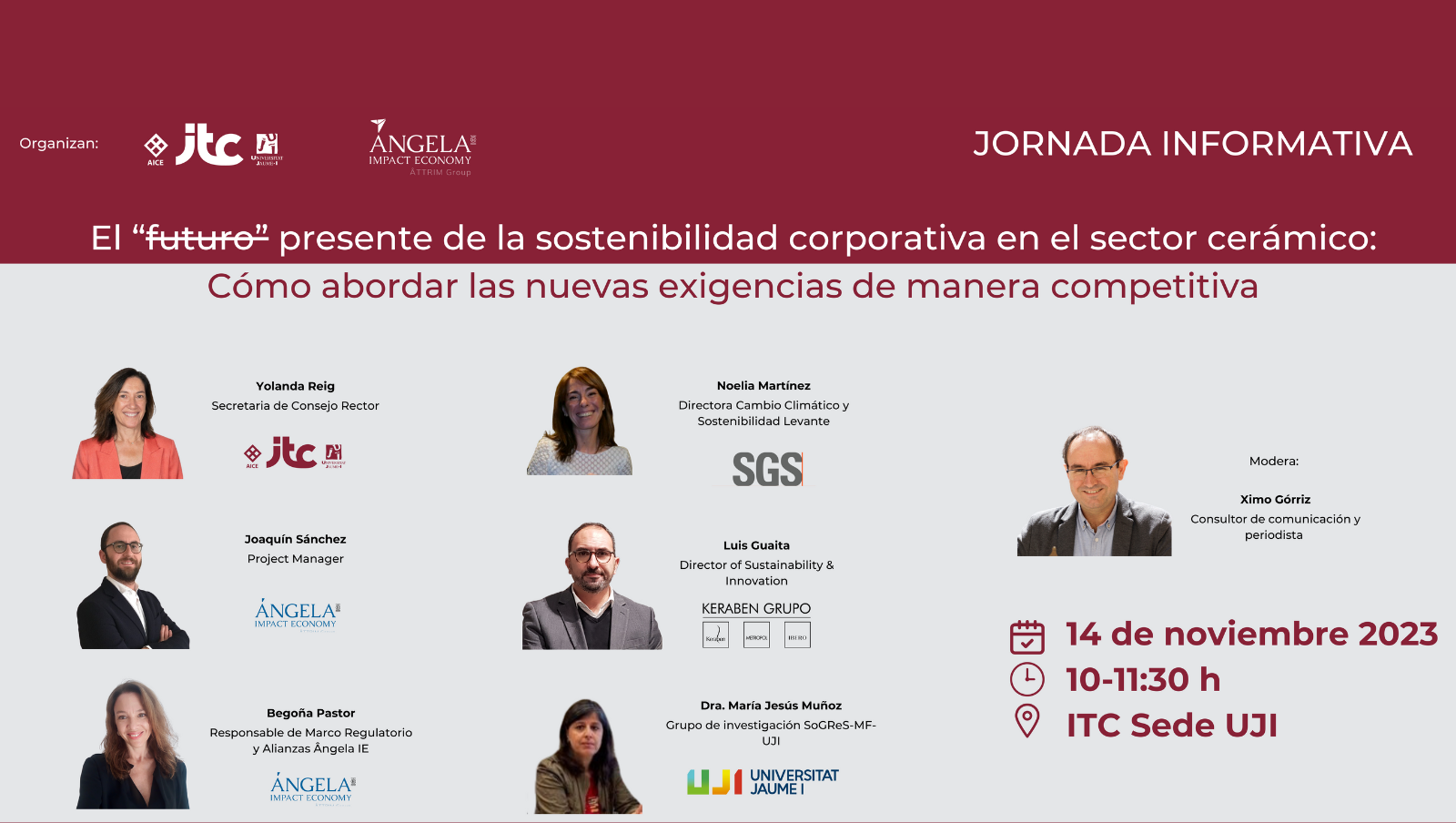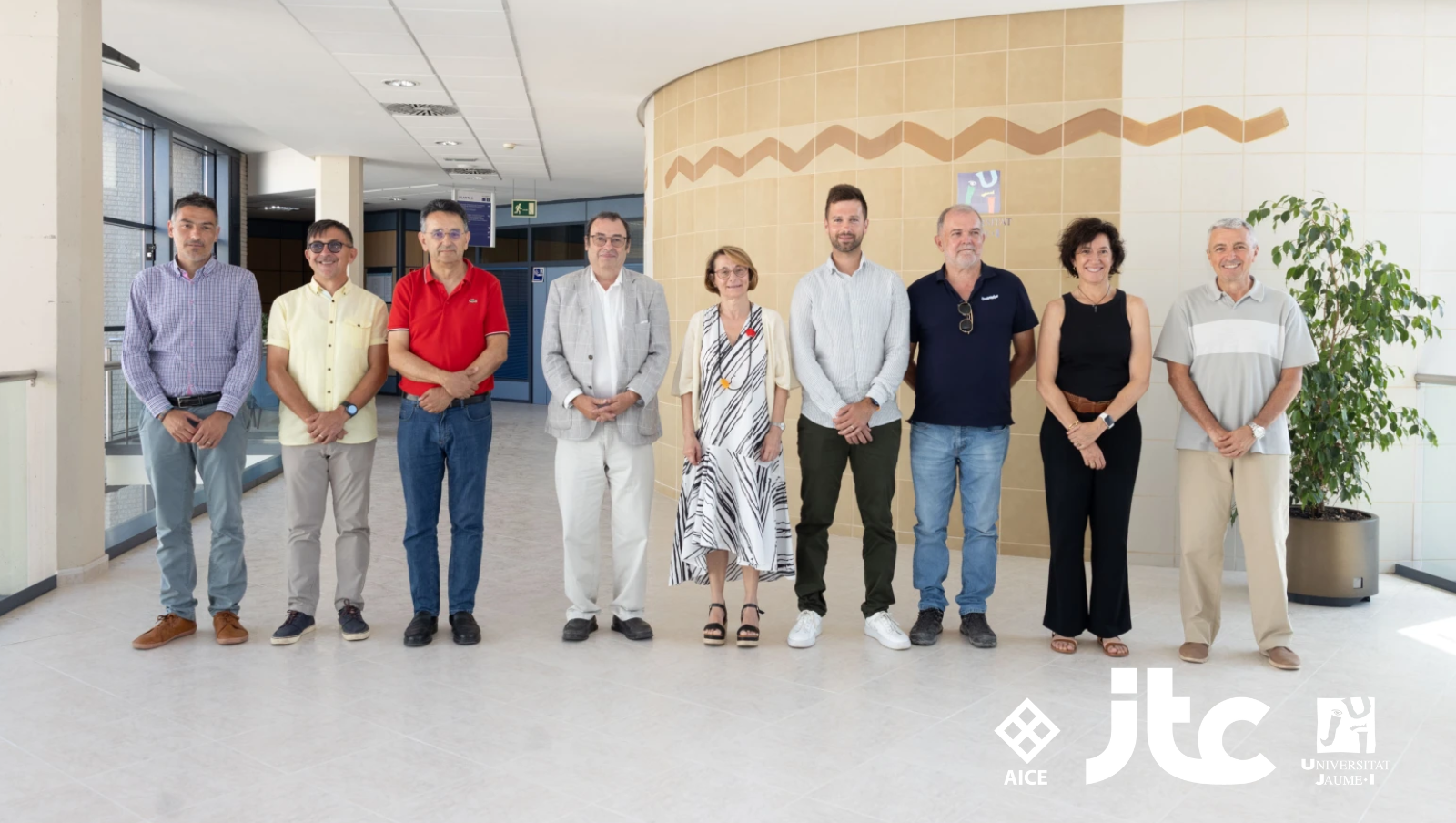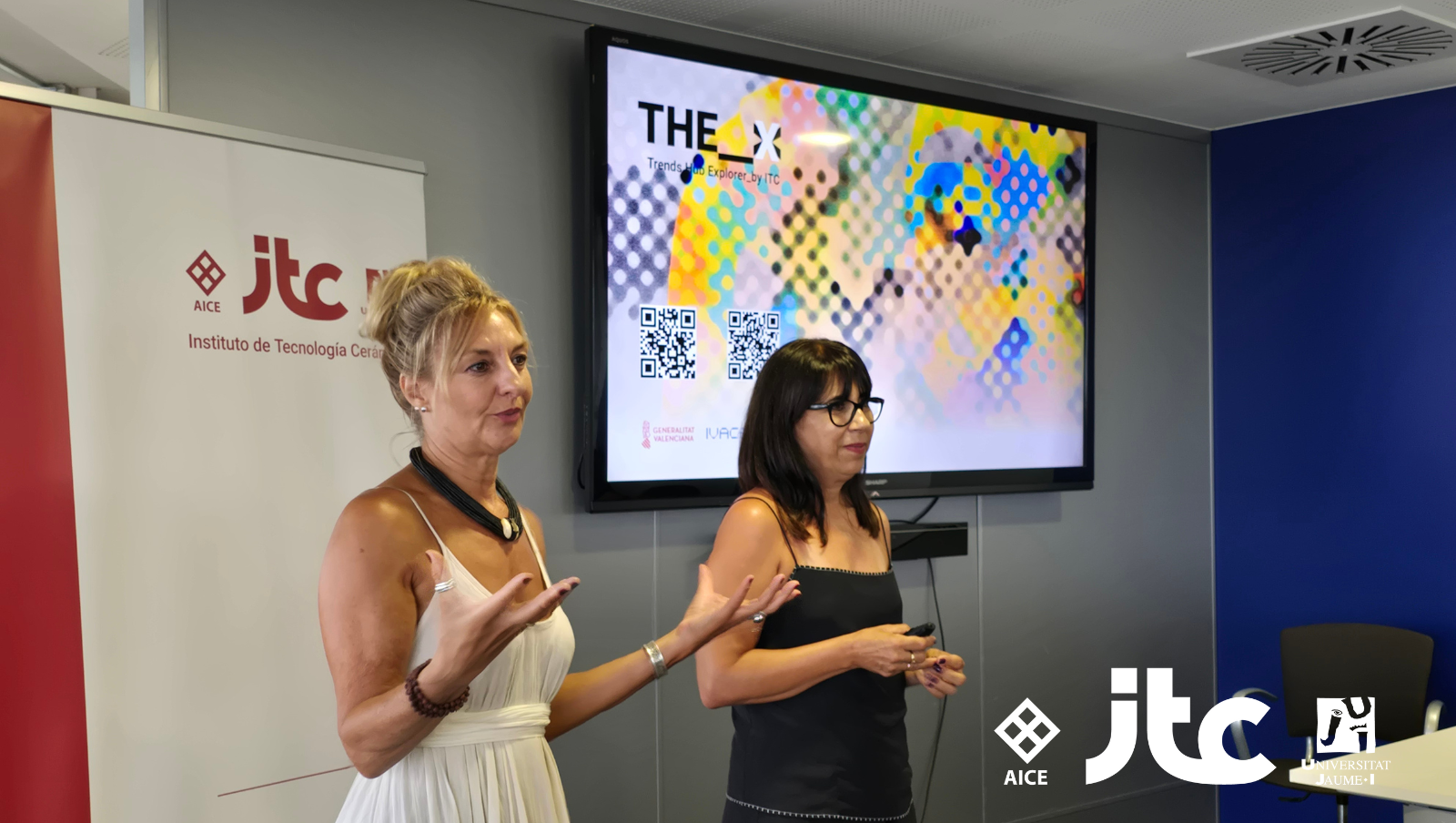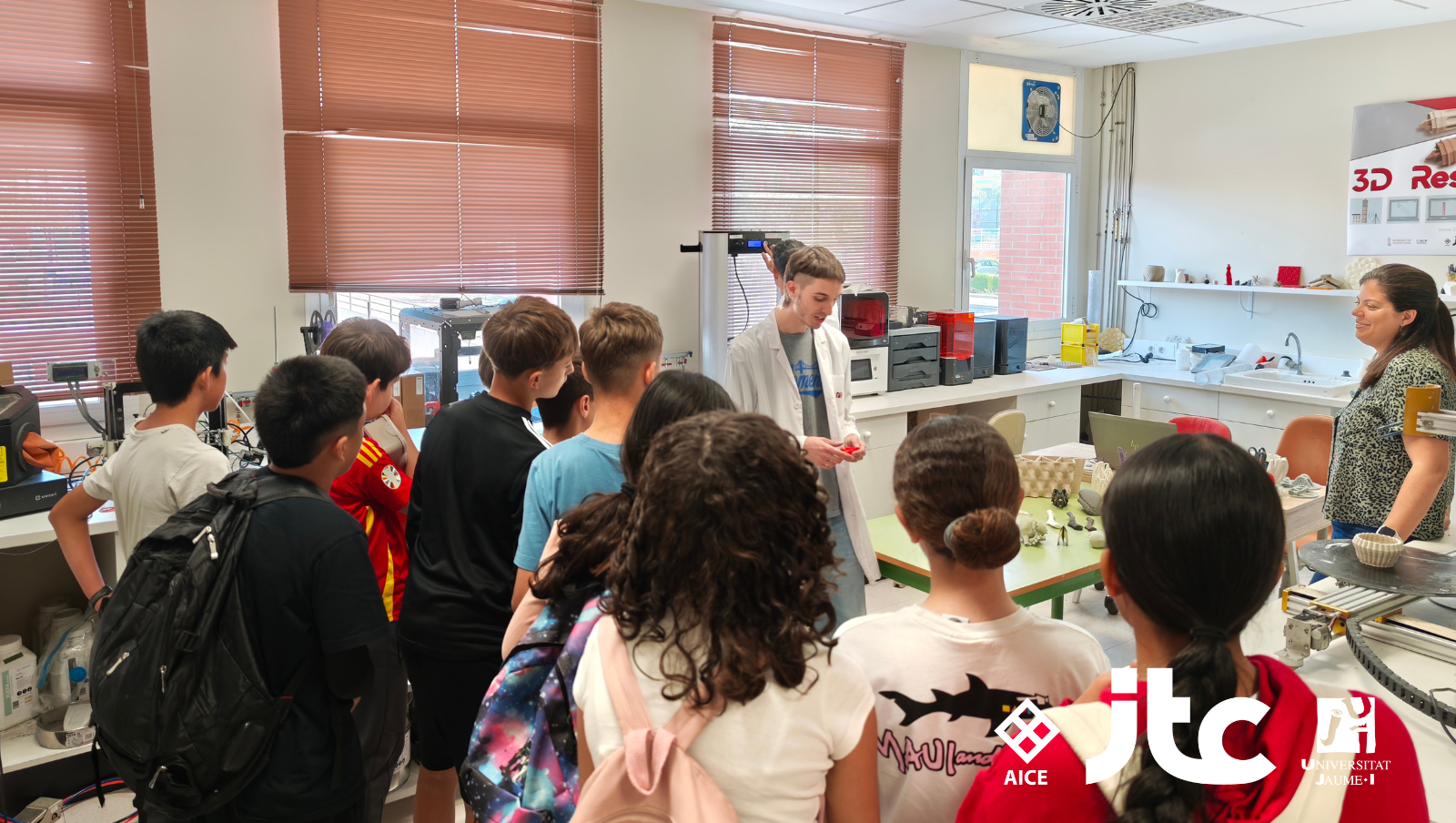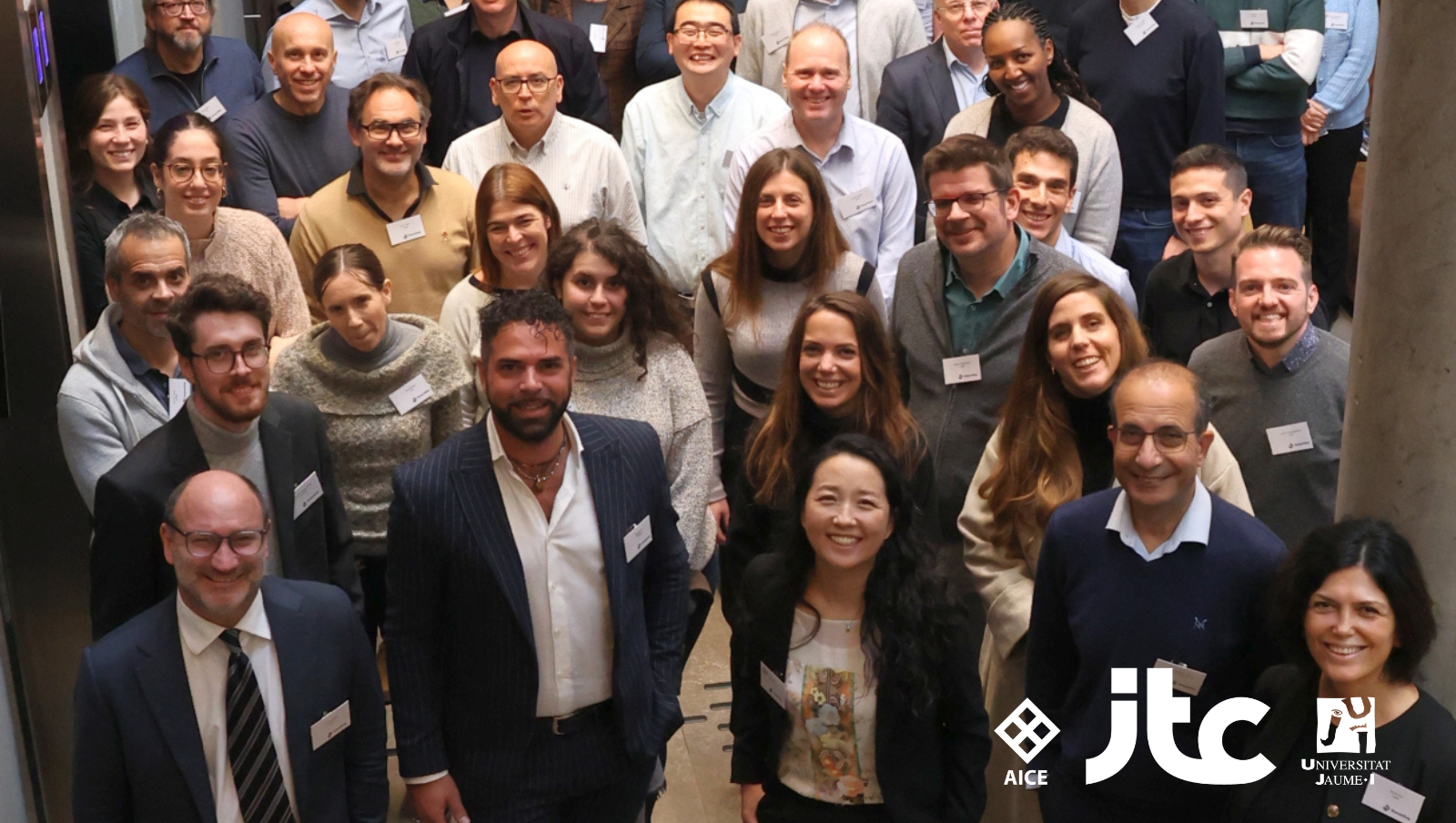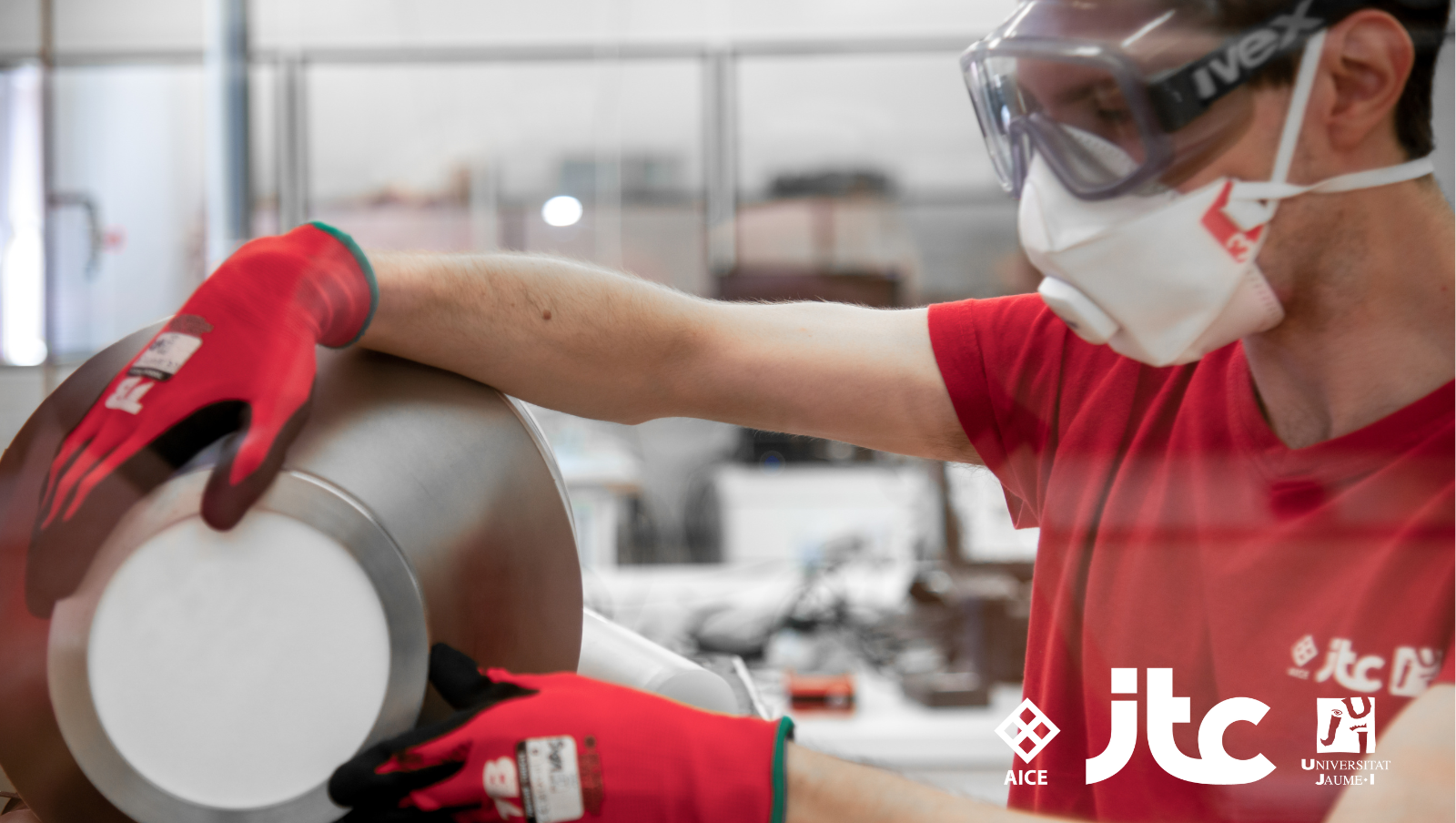El ITC difunde el proyecto LIFE HYPOBRICK en el certamen internacional CEVISAMA 2020
El Instituto de Tecnología Cerámica (ITC) como entidad coordinadora del proyecto LIFE HYPOBRICK-Towards hypocarbonic economy. Development of non-fired building materials based on wastes, financiado por el programa LIFE de la Unión Europea con la referencia: Ref.: LIFE 18 CCM/ES/001114 divulgó en el certamen sectorial CEVISAMA (03-07/02/2020 Feria Valencia-España) las características y objetivos de esta acción cuyo consorcio, además del ITC, está integrado por las empresas Ladrillos Mora, S.L.; RCS, S.L. (Recycling, Consulting & Services, S.L.); Schlagmann Poroton GmbH y la Universidad de Nuremberg (THN).
Concretamente, sus objetivos se explicaron durante la Conferencia de Prensa Internacional organizada por la Asociación Española de Fabricantes de Azulejos y Pavimentos Cerámicos (ASCER) a la que asistieron más de 100 periodistas de 80 países, y en la que el responsable del Área de Hábitat del ITC, Javier Mira, dio cuenta de diversas innovaciones tecnológicas y futuros retos en la investigación, especialmente en cuanto a la descarbonización de la economía, justamente uno de los objetivos fundamentales de LIFE HYPOBRICK.
Además, el ITC, en su stand ubicado en un punto privilegiado del recinto ferial CEVISAMA (en un distribuidor de la entrada principal) también estuvo presente con personal experto para explicar a los visitantes su actividad investigadora.
La organización de CEVISAMA ha cifrado un total de 92.435 profesionales visitantes del certamen en 2020, de ellos más de 21.000 extranjeros, procedentes de más de 90 países.
LIFE HYPOBRICK pretende ayudar a descarbonizar la economía desarrollando materiales de construcción no cocidos basados en residuos, mediante un proceso de activación alcalina. Además, las materias primas utilizadas son residuos generados, tanto en el proceso de fabricación cerámica, como procedentes de otras fuentes.
Estas acciones supondrían un excepcional ahorro de emisiones de CO2 a la atmósfera, tanto desde el ámbito de la reutilización de residuos como desde el de ahorro de energía, al no utilizar el proceso de cocción tradicional.
ITC disseminates the LIFE HYPOBRICK project at the international CEVISAMA 2020
The at the Institute of Ceramic Technology (ITC) as coordinator of the project LIFE HYPOBRICK-Towards hypocarbonic economy. Development of non-fired building materials based on wastes, funded by the LIFE Programme of the EU with reference: LIFE 18 CCM/ES/001114), disseminated at the CEVISAMA sectorial event (03-07/02/2020 Feria Valencia-España) the characteristics and objectives of this action whose consortium, in addition to the ITC, is composed by Ladrillos Mora, S.L.; RCS, S.L. (Recycling, Consulting & Services, S.L.); Schlagmann Poroton GmbH y la Universidad de Nuremberg (THN).
More specifically, its objectives were explained during the International Press Conference organized by the Spanish Association of Ceramic Tile Manufacturers (ASCER), (04/02/2020) which was attended by more than 100 journalists from 80 countries, and in which the head of the ITC’s Habitat Area, Javier Mira, reported on various technological innovations and future challenges in research, especially regarding the decarbonization of the economy, which is one of the fundamental objectives of LIFE HYPOBRICK.
In addition, the ITC, in its stand located in a privileged point of the CEVISAMA Trade Fair (in a distributor at the main entrance) was also presented by their experts staff, its research activity to the visitors.
The organization of CEVISAMA has calculated a total of 92,435 professional visitors to the event in 2020, of which more than 21,000 were foreign visitors from more than 90 countries.
LIFE HYPOBRICK aims to help decarbonize the economy by developing unfired waste-based construction materials through an alkaline activation process. In addition, the raw materials used are waste generated both in the ceramic manufacturing process and from other sources. These actions would lead to exceptional savings in CO2 emissions into the atmosphere, both from the reuse of waste and from energy saving, by not using the traditional firing process.




























